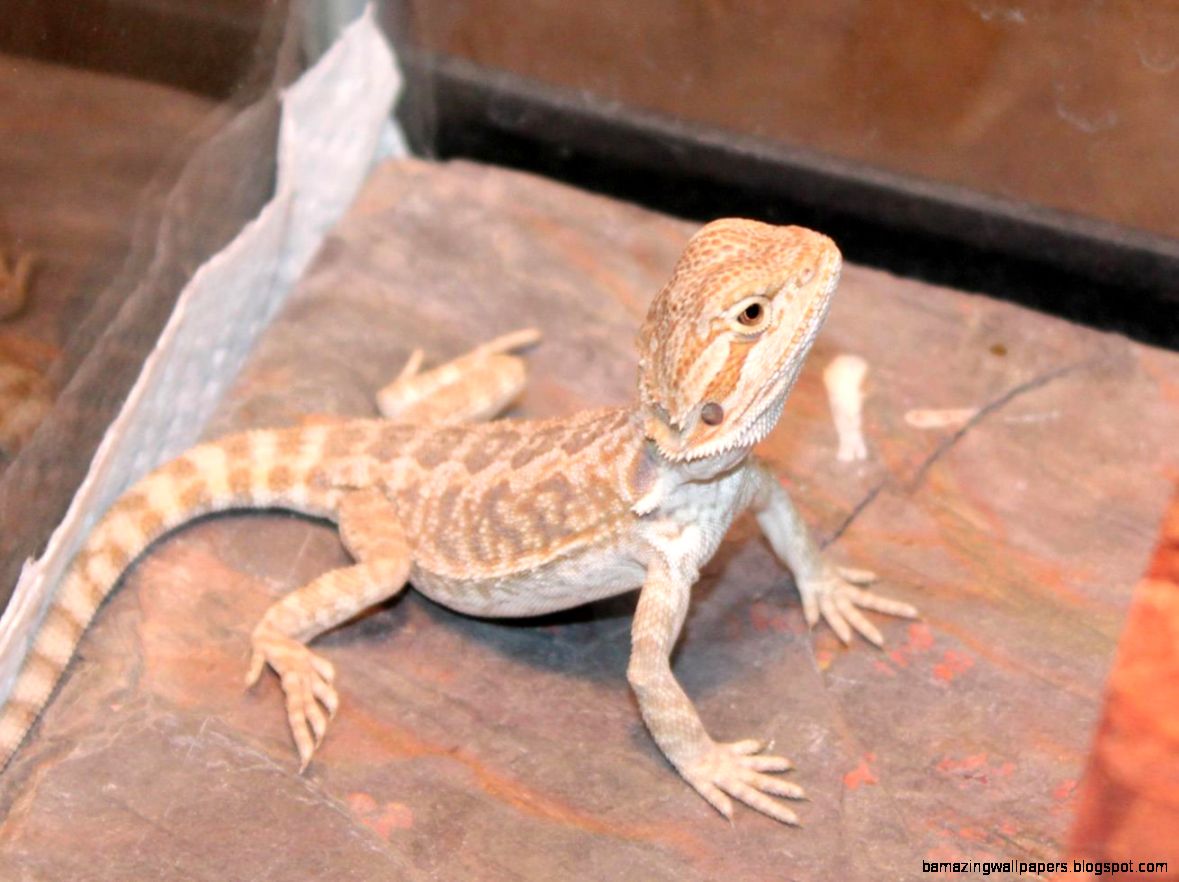Bearded Dragon Mites: Identifying Symptoms and Treatment Options
Introduction
Bearded dragons have become increasingly popular pets in recent years. These fascinating reptiles are generally easy to care for and can make great companions. However, like any animal, they can be prone to health problems. One of the most common issues that can affect bearded dragons are mites. While these tiny creatures may seem harmless, they can cause a lot of discomfort for your pet. This post will explore the symptoms of bearded dragon mites and outline some treatment options that can help.
What are Bearded Dragon Mites?
Bearded dragon mites are small, parasitic creatures that can infest the skin and scales of your pet. There are several species of mites that can affect bearded dragons, but the most common is Ophionyssus Natricis. These mites are often found in reptile habitats and can easily hitch a ride on your pet’s skin, clothing or furnishings. Once they have made themselves at home on your bearded dragon, they will start to feed on its blood, causing irritation and discomfort for your pet.
Symptoms of Bearded Dragon Mites
Identifying the symptoms of bearded dragon mites is the first step in treating this condition. Some of the most common symptoms to look out for include:
- Excessive scratching or rubbing against objects
- Red, irritated skin
- Small, black or brown specks on the skin or scales
- Patches of missing scales
- Lethargy or loss of appetite
If you notice any of these symptoms in your pet, it’s important to take action right away. Mites can quickly spread and cause serious health problems, so it’s crucial to address the problem as soon as possible.
Treatment Options for Bearded Dragon Mites
There are several treatment options available for bearded dragon mites. The most common treatments include:
1. Bathing your Bearded Dragon
One of the simplest ways to treat bearded dragon mites is to give your pet a warm bath. This can help to soothe any irritation and remove some of the mites from their skin. To do this, fill a shallow container with warm water (make sure it’s not too hot!) and place your bearded dragon in the water. Allow them to soak for around 15-20 minutes, and then gently pat them dry with a towel. Be sure to clean the container thoroughly with disinfectant to prevent further spread of the mites.
2. Reptile-Safe Insecticide
For more serious infestations, a reptile-safe insecticide may be necessary. Be sure to choose a product that is specifically designed for reptile use, as some treatments for other animals can be harmful to bearded dragons. Follow the instructions carefully, and be sure to clean and disinfect your pet’s habitat thoroughly after treatment.
3. Improve Habitat Conditions
Another important step in treating bearded dragon mites is to improve the conditions in your pet’s habitat. Mites are more likely to thrive in dirty or unsanitary environments, so make sure you are regularly cleaning your pet’s cage or tank. Remove any waste or uneaten food promptly, and clean and disinfect any objects or decorations in the habitat.
Preventing Bearded Dragon Mites
Preventing bearded dragon mites is always easier than treating them. Here are some steps you can take to reduce the risk of mite infestation:
- Regularly clean and disinfect your pet’s habitat
- Avoid introducing new animals to your pet’s habitat without proper quarantine and inspection
- Inspect your pet regularly for signs of mites or other health problems
- Consider using a reptile-safe insecticide on a regular basis to prevent mites from taking hold
Conclusion
Bearded dragon mites can be a frustrating and uncomfortable problem for both you and your pet. However, with the right treatment and prevention methods, you can keep your pet healthy and happy. Remember to keep a close eye on your bearded dragon for any signs of mites or other health problems, and always consult your veterinarian if you have any concerns.





